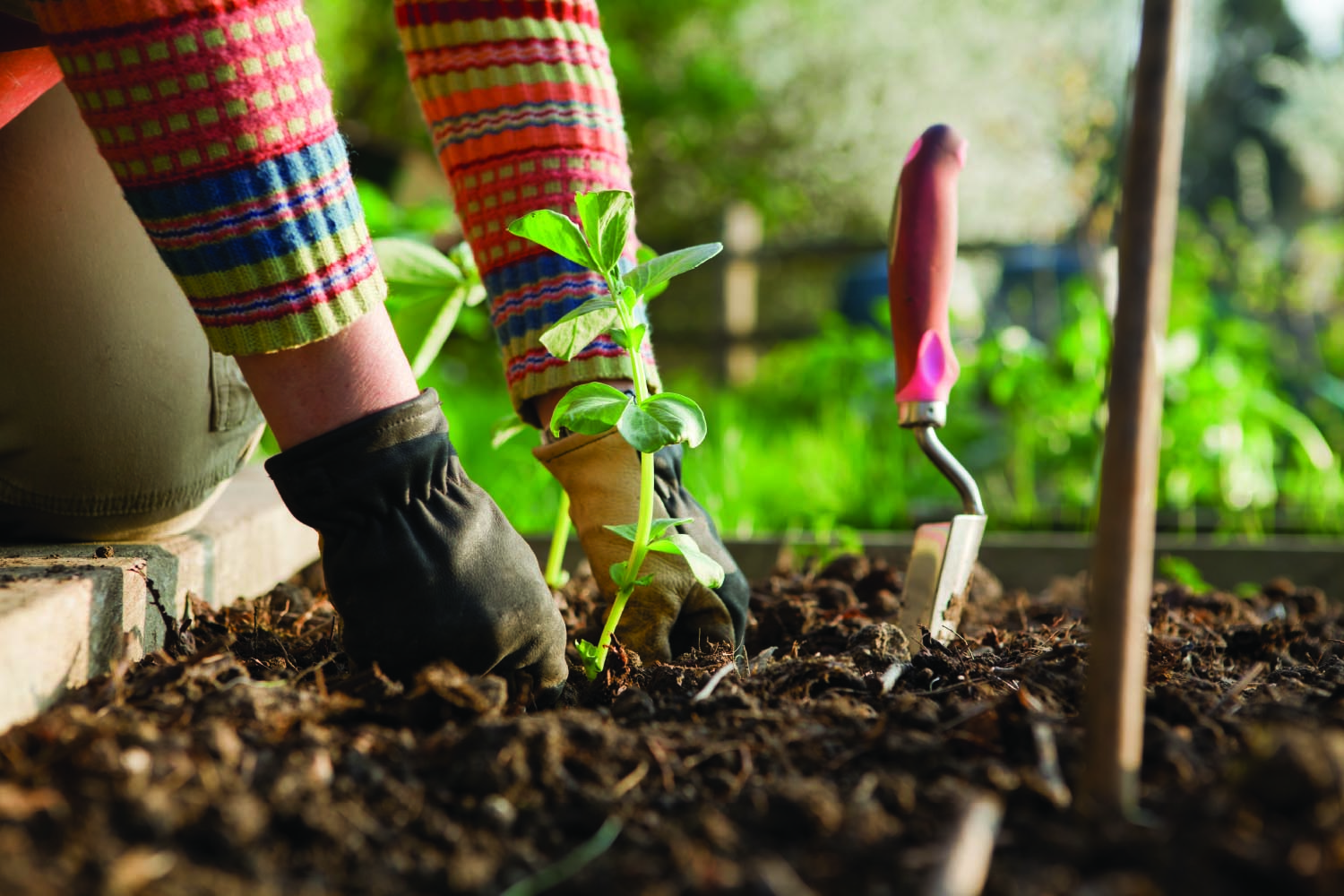
08 Apr READY, SET, GO GARDENING! BY KARLA PONDER, M.S., L.P.C.
Every year, I am caught off guard by the freshness and beauty of the new spring season. You would think by now that I would be used to the cerulean blue skies appearing on the heels of winter gray, or seeing the “baby” grass peeking through the thatch. Do you feel the stirrings of new life and new beginnings? Then let’s do some early spring gardening!
- Make the beds: Clear out any debris, weeds, or unwanted plants. Rake the soil and add compost or manure on top to nurture the plants that you will place there later. Add a fresh supply of bark chips or mulch 3 to 4 inches deep to keep weeds from blowing in.
- If the soil is free of ice and crumbles easily, it is ready for planting. Early vegetables in our hardiness zone are artichokes, lettuces, spinach, kale, and onions. Later, crops of broccoli, kale, cabbage, and new potatoes can be planted.
Always check the information that comes with your seeds and plants to ensure you are planting at the correct time. If you think a freeze might nip them, cover the plantings with flower pots, cardboard boxes weighted down, or a light sheeting.
- Rake the lawn and remove any dead grass and debris. This will aerate the grass and allow access to the light. And it’s great exercise!
- Cut back dead foliage from last year. Prune so the Crape Myrtles’ branches do not cross over each other in the middle of the tree to assure aeration and sunlight. They need to be trimmed back, but not tortured! Have someone who knows how to prune these beautiful bushes show you how the first time.
Also, prune fruit trees in late winter or early spring before they bloom. Cut roses before they bud.
- Transplant perennials when they are only 3 or 4 inches high. Transplant bushes before they leaf out.
Enjoy your garden! With some work and planning, you will have a garden that grows on you!
A WORD ABOUT LADYBUGS
If you have an infestation of aphids, the “natural” answer is to employ the help of ladybugs, who apparently find aphids yummy. One ladybug can consume five thousand aphids in his/her lifetime. A mature ladybug will lay thousands of eggs in the thick of the aphids’ colony so the baby bugs have a ready meal as soon as they hatch from the larvae. It is best to ‘buy local’ when it comes to ladybugs, so they will find the local flavor of the aphids to their liking.
Once you sprinkle hundreds of ladybugs on your flowering plants, there is no guarantee they will stay. Usually they feed and leave when the food is gone. They will fly away en masse and not return. So if you find the sticky, syrupy “honeydew” and yellow curling leaves left by the voracious aphids and the ladybugs have left town, you will be out of luck, ladybug-wise.
GET INTO THE (RIGHT) ZONE
The hardiness zone is a guideline letting gardeners know the lowest temperature at which their plants are most likely to survive. We are in zone 8a which tells us that plants need to be able to withstand temperatures as low as 10 and 15 degrees Fahrenheit. It also informs us that our first freeze free day is most likely around March 15 and our last freeze free day is around November 15.


